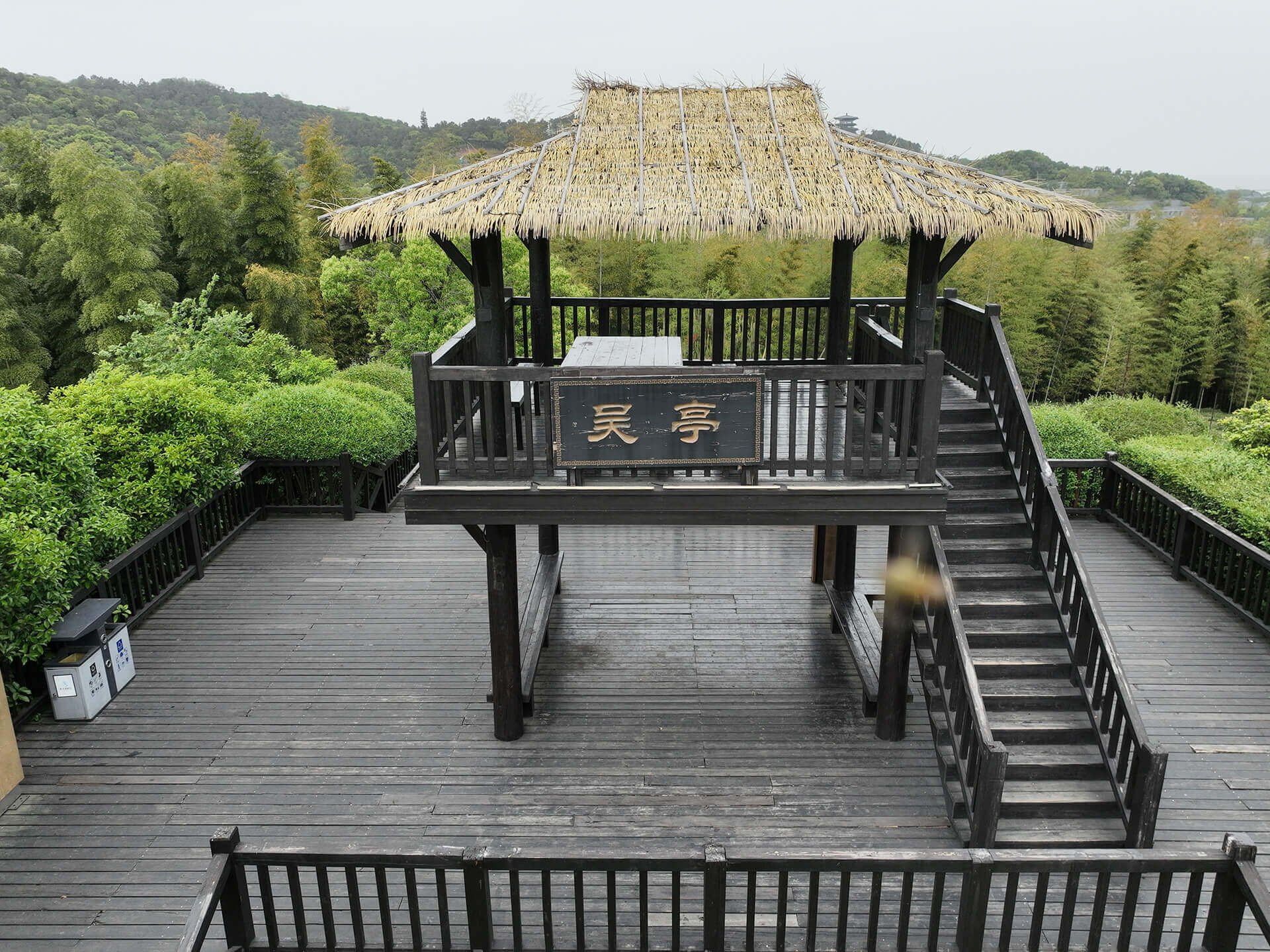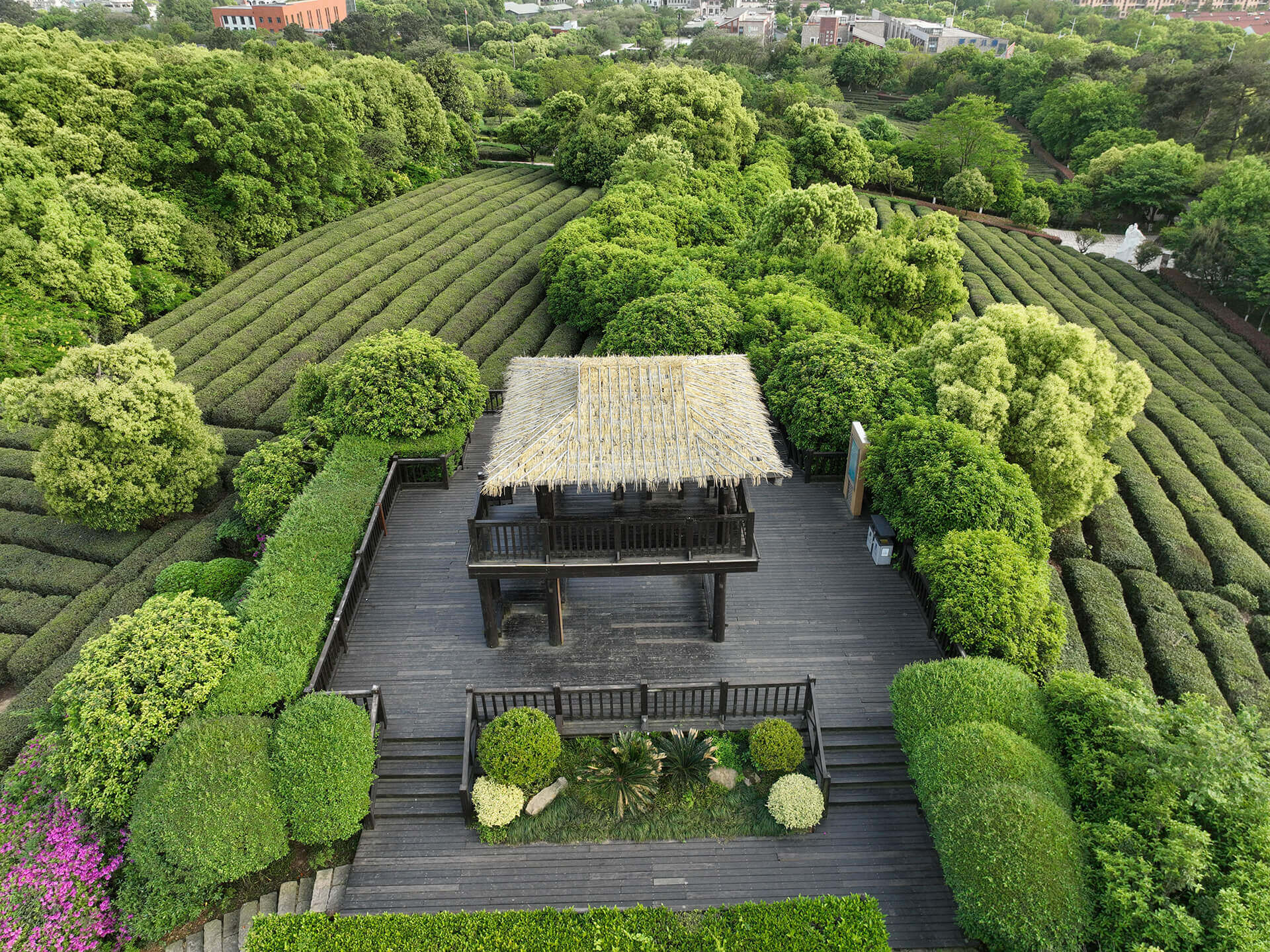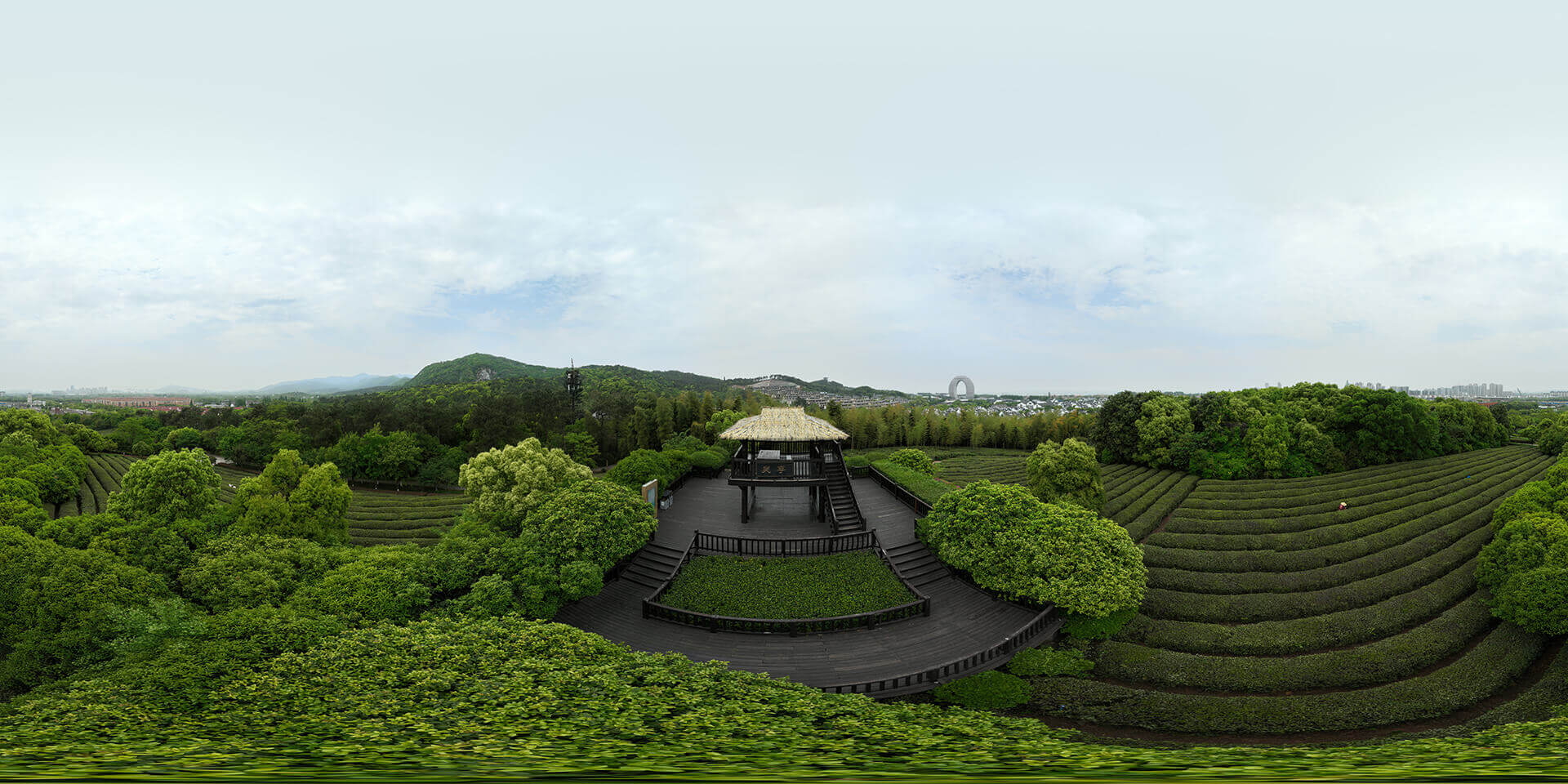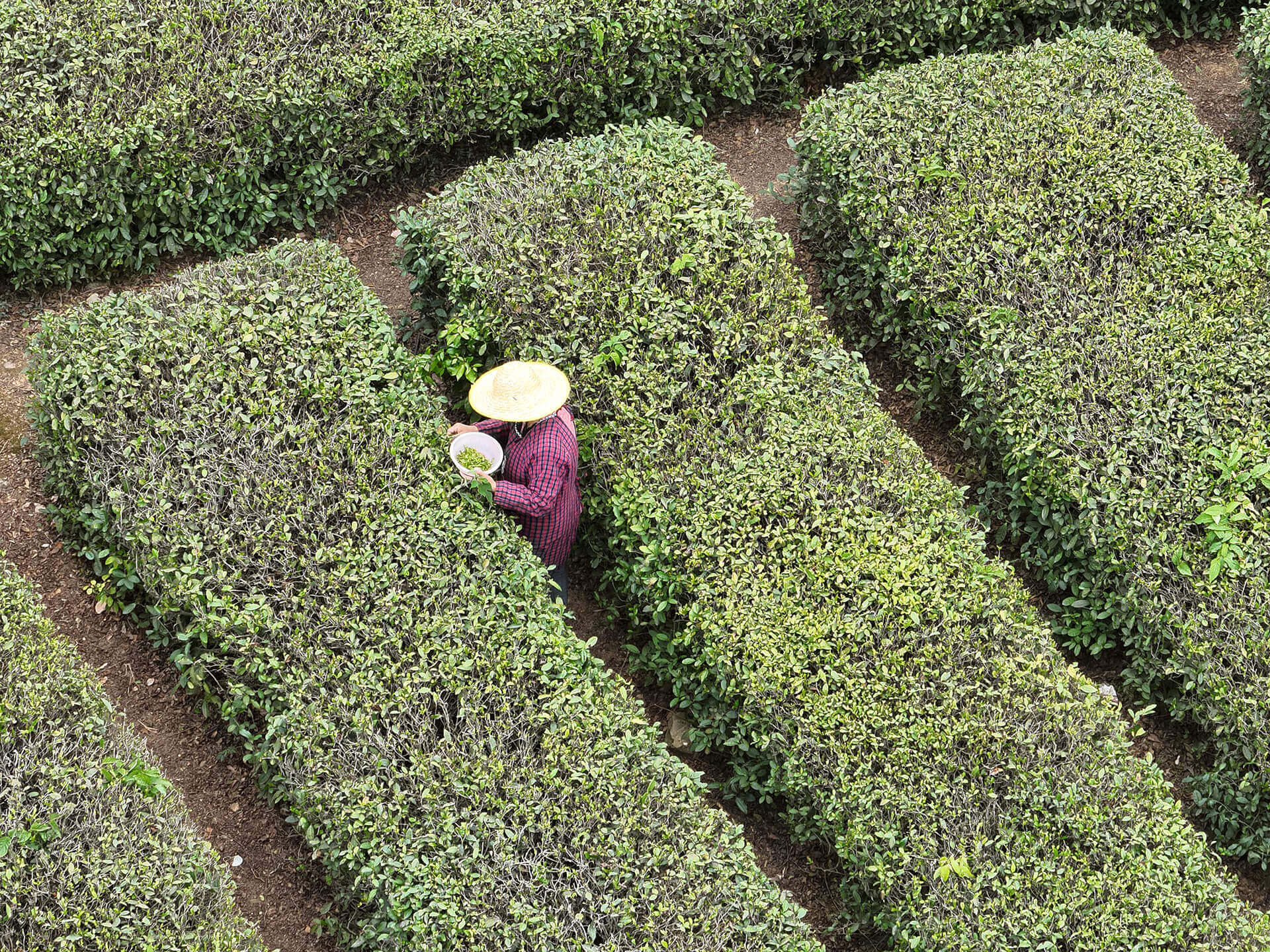Ladies and gentlemen, please look at this hill, which is Qiucheng Ruins Park. The park is built around the Qiucheng Mountain, covering an area of about 400 mu. The base of the park uses three layers of rammed earth to build a city, representing the three layers of culture (Majiabang, Songze and Maqiao) that Qiucheng site carries in turn, and the eternal love between love and life. The whole sculpture adopts the technique of six-face art watermarking, and the empty and mixed visual effect and the progressive layers are like a time tunnel, implying the civilization of Qiucheng culture up and down for six thousand years and the historical inheritance of the honeymoon town for one thousand years. A symbol of eternal love witness here.
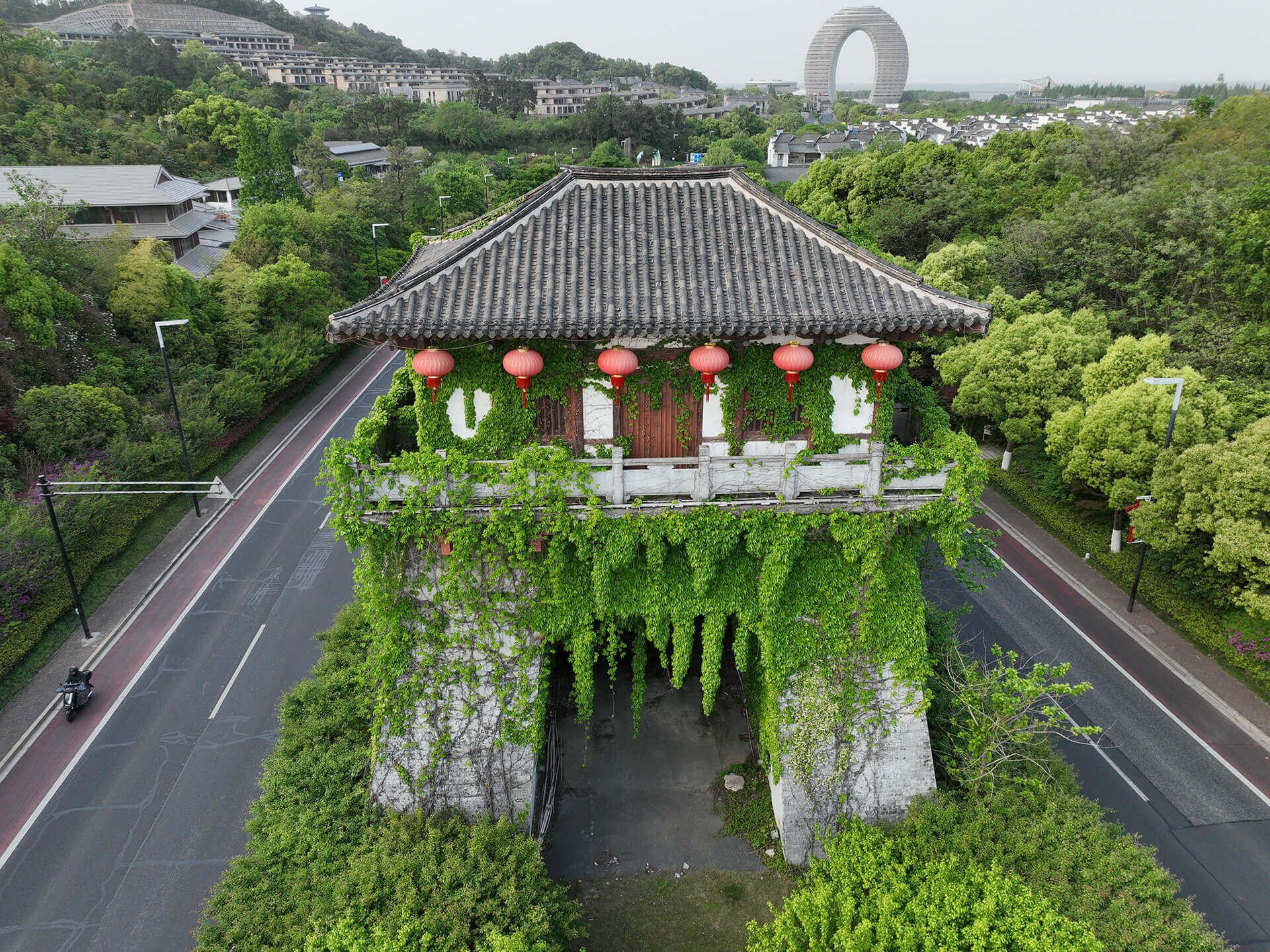
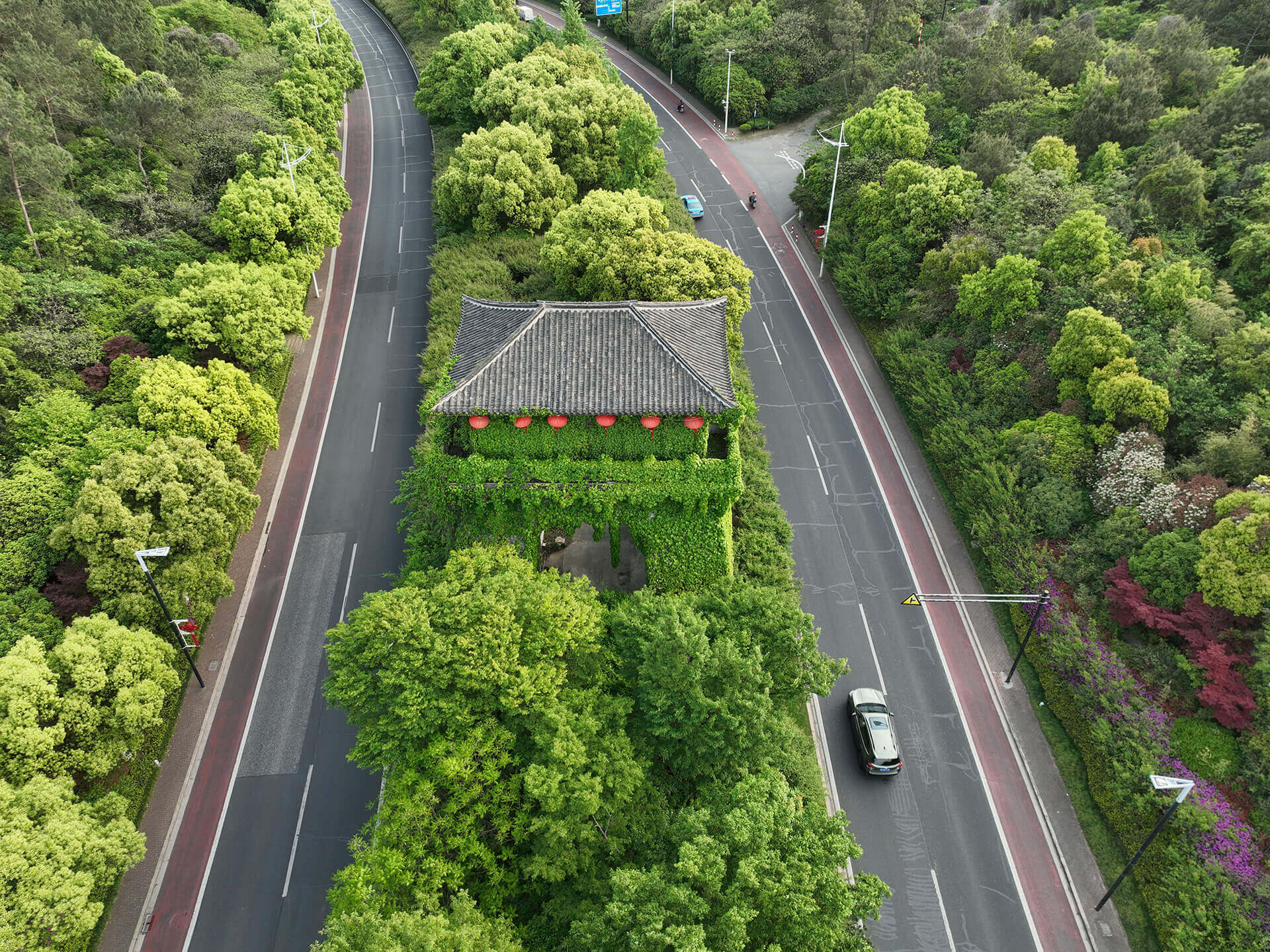
Please see, the relief on the ground here vividly depicts the underground cultural remains dating back to 6000 years ago. The area we are standing in is a cluster of underground cultural relics, first excavated in 1957, which confirms the history of Qiucheng.
As for ancient Qiu City, it borders Huanglongshan in the west, Xiaomei Port in the east, Taihu Lake in the north and plain in the south. It is one of the three cities built by the State of Wu during the Spring and Autumn Period, and it is also the earliest city in Huzhou history. In March 1963, Zhejiang Provincial People's Government announced it as a provincial cultural relics protection unit, and in April 1981 it was re-announced as a provincial key cultural relics protection unit.
Now, everyone, please follow me for a walk into the park. Qiu Cheng was built in the late Spring and Autumn Period by the younger brother of King Lu of Wu. At the end of the sixth century BC, the state of Wu toward the front of the feudal lords fighting for supremacy, husband may be ordered to defend the Taihu Lake southwest shore of the building of "three cities three Qi" as a place for troops. Qiucheng is connected with Luqi, which is adjacent to mountains and water, and has a large plain. It is not only a good place to train soldiers, but also a fertile land and rich products, which are conducive to the development of farming, so it is also a reliable supply of military supplies. In the three cities of Sanqi, Fu Wei trained the powerful water forces and Buqi. In the west, he fought against the strong Chu, and in the south, he resisted the hegemonic Yue. He played a very important role in the "War of Wu and Yue".
Qiucheng has been well preserved. Its north city is on a higher ground, with an east-west rectangular plane and a circumference of about 1.5 kilometers. The city wall is still about 800 meters high, 8-10 meters high, 5-8 meters wide, 20-30 meters wide at the bottom, and 11 gates. The perimeter of the South City is also 1.5 kilometers, located in the southeast of the north city, a north-south rectangle, the city wall remains more than 800 meters. In recent years, at the junction of Qiucheng Mountain and Huanglong Mountain, a tall and magnificent new city-gate memorial building has been built, adding a lot of color to the ruins of Qiucheng.
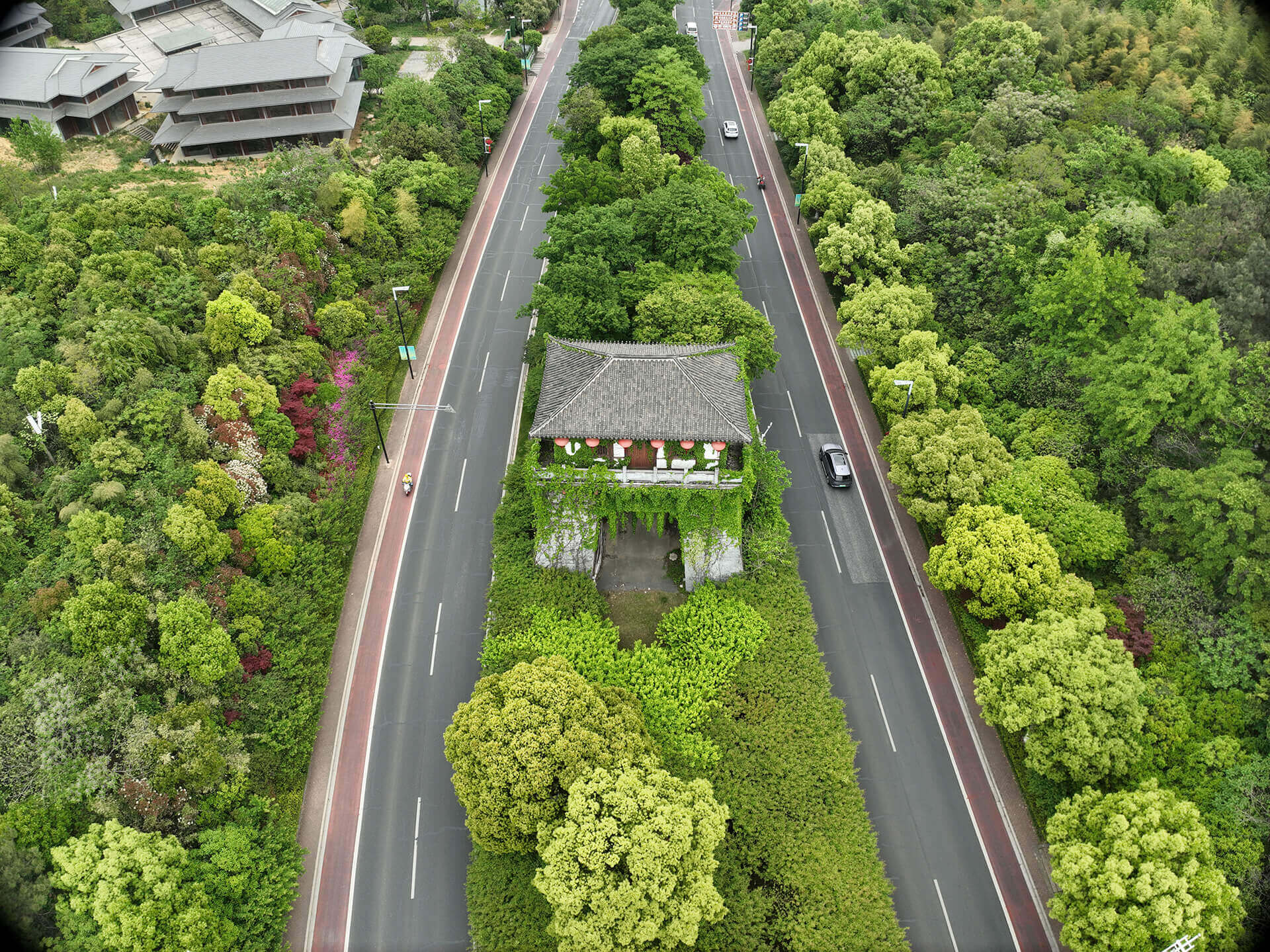
The upper part of the site is the city wall. The wall is made of gray earth and contains a large number of carved pottery, primitive porcelain, red pottery, black pottery fragments, bronze clusters, stone tools and jade. The South City is located in the southeast of the North City, its north wall overlaps with the south wall of the North City, and the southwest wall is 500 meters and 300 meters apart. The eastern city wall no longer exists, but there is a large pool called Ma Xitou inside. From the view of the water gate, Ma Xitou may be connected with the water camp of Luqi outside. In fact, Qiu Cheng can only be regarded as a military castle, which is exactly described in the poem of Zhang Yaotong in the Song Dynasty, "Wu Yue was fighting for power.
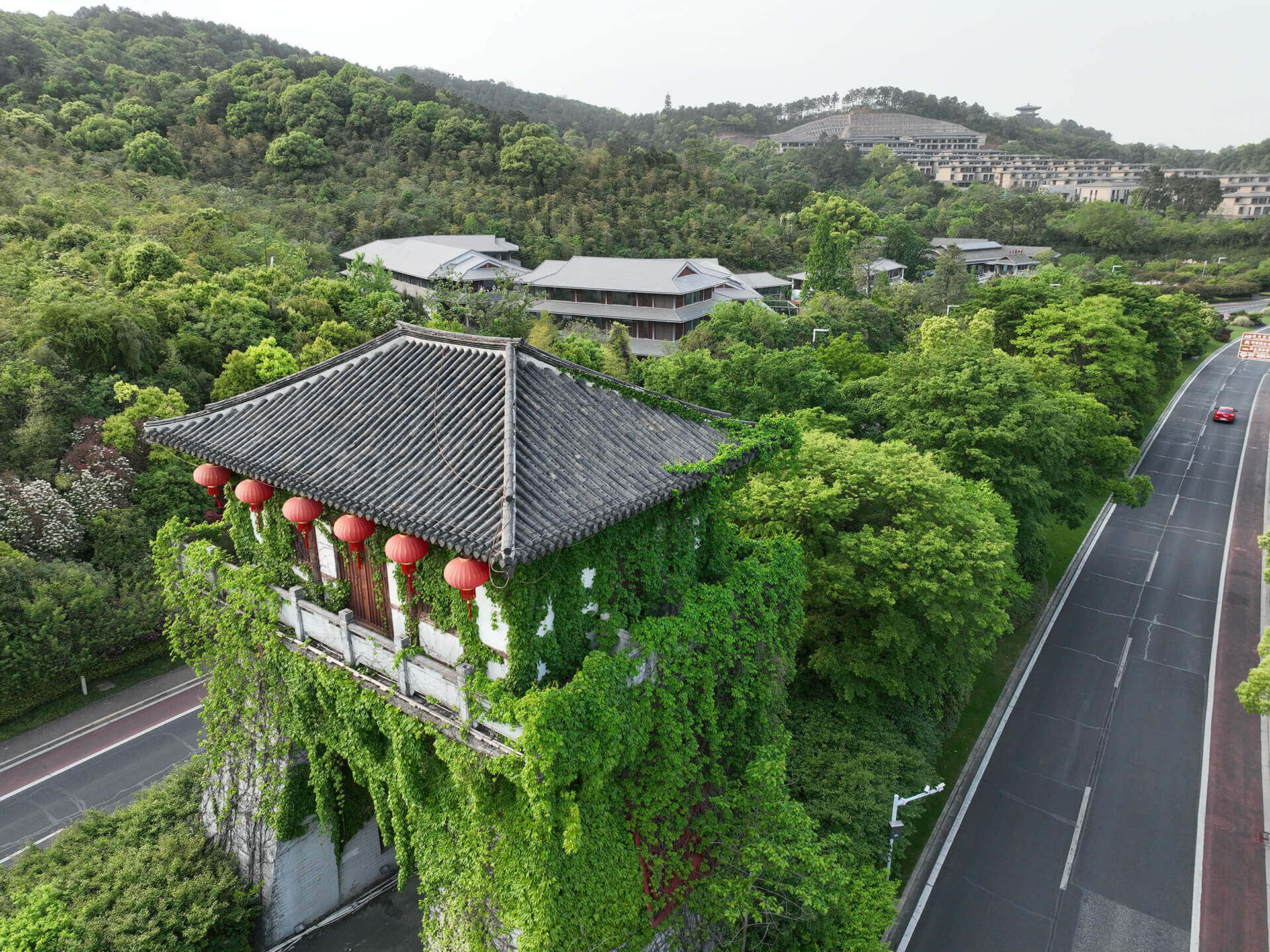
In addition, Qiucheng is a Neolithic cultural site. After investigation and excavation by archeologists, it was determined that its total area was about 30,000 square meters. Divided into upper, middle and lower three cultural layers. Among them, the lower layer is about 6000 years old and belongs to Majiabang culture. On this floor are the remains of large ancient buildings. The living surface is composed of sand grains, clam shells, spiral snails shells, bone slag and "triheti" made of rammed clay. There are side by side column holes with wooden pillars in the holes. There are a large number of pottery and stone tools for life and production, such as axes, knives, chisels, bone arrowheads, cones, needles, pottery net pendants for fishing and pottery spinning wheels for weaving. There are also many animal remains, most of which are cattle, deer, pigs and fish. All these indicate that people at that time were already living a settled life, engaging in primitive agriculture as well as fishing and hunting, weaving cloth, pottery making and raising livestock.
The middle level of the Qiucheng site dates back about 5000 years and belongs to the Songze culture. Stone tools to flat perforated stone axe and adzes long strip based. Most of the living utensils were black pottery, such as tripod, bean, pot and cup. The upper layer is the Maqiao cultural layer, which is the part of the ancient city wall in the Spring and Autumn Period. It is a museum of history from primitive society to slave society to feudal society.
Walking up the steps of the mountain road, we can see a vast tea garden with fresh and fragrant tea trees. The path is covered with colorful flowers, and occasionally we can see the busy figure of tea pickers. At the very top of the mountain, there is a pavilion called "Wu Pavilion", where you can have a panoramic view of the Taihu Lake, and Xiao Mei Mountain far away. You can also enjoy the scenery and tea in the "Yue Tai" side of Wu Pavilion, and enjoy the quiet and leisurely time.
